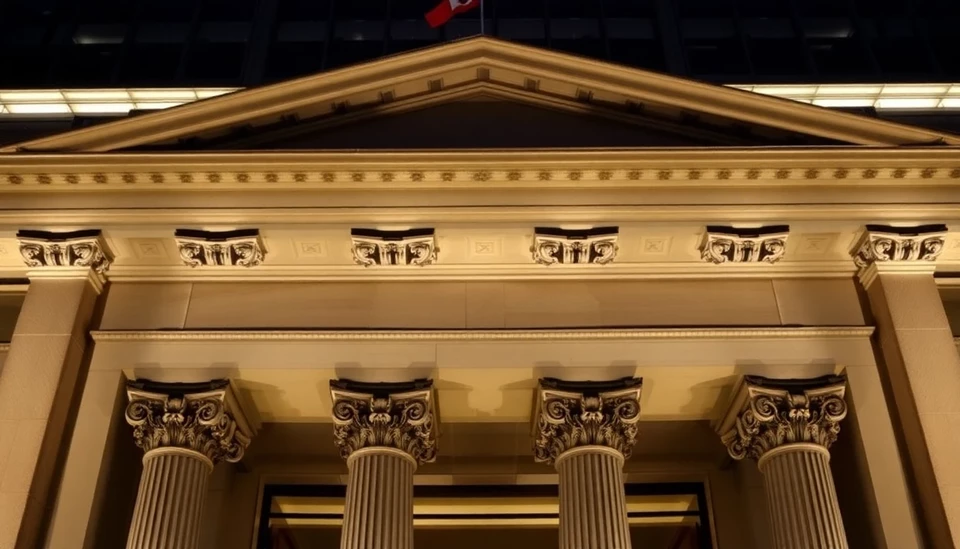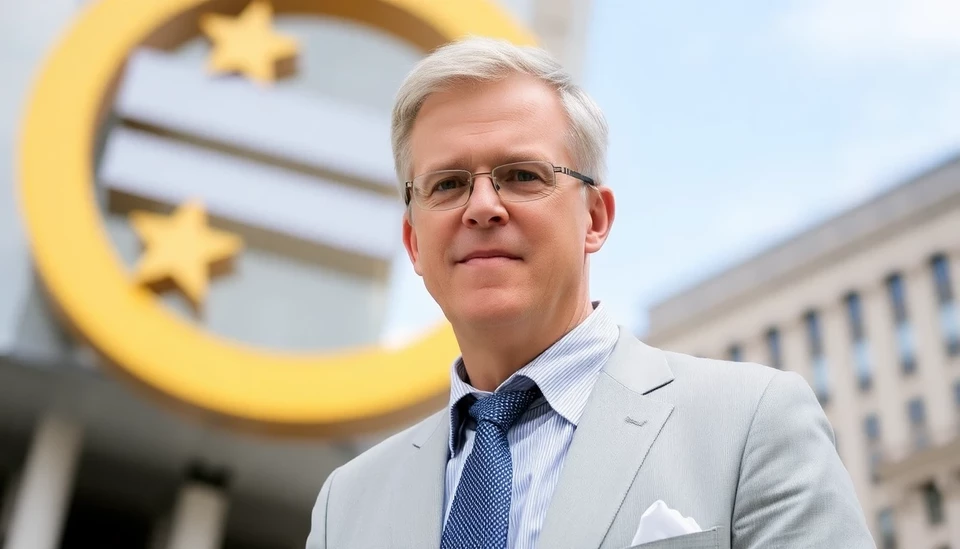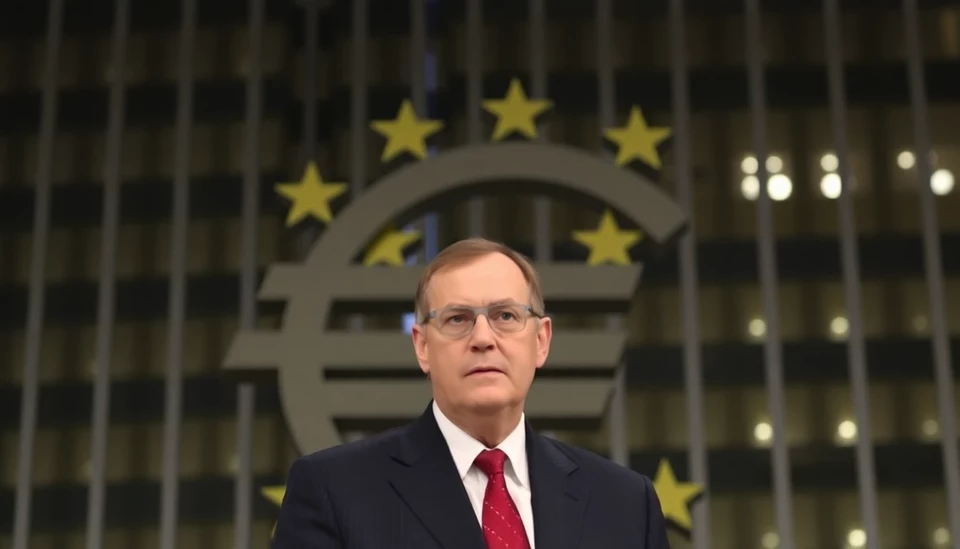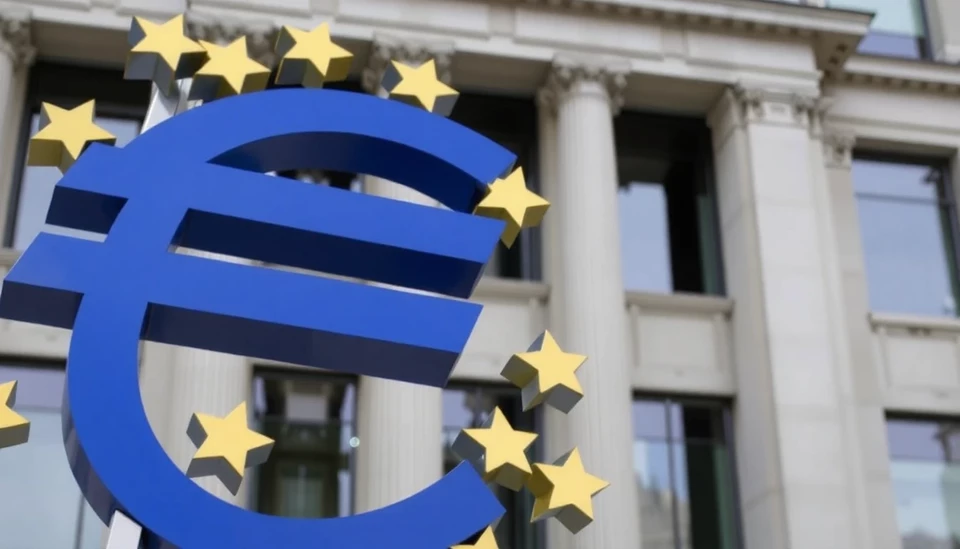
In a developing story that holds significant implications for the European economy, the European Central Bank (ECB) is gearing up to lower interest rates once again as global trade tensions, specifically tariffs, pose a serious threat to economic growth across the region. This anticipated decision, which is set to be announced within the next few weeks, reflects mounting pressure on European policymakers to take decisive action against slowing economic momentum.
Sources familiar with the ECB’s deliberations reveal that the bank’s governing council is increasingly concerned about the impact of various international tariffs on the flow of trade and investment in Europe. With key economies showing signs of weakness, ECB officials are exploring rate cuts not just as a response to current woes, but also as a proactive measure to stave off potential recessionary conditions.
The backdrop of this decision is made more pressing by the unfolding geopolitical scenario. Ongoing trade disputes, particularly between major players such as the United States and China, continue to create uncertainty, and European manufacturers are feeling the heat. A recent survey indicated that factory output in the Eurozone is dwindling, pushing the central bank to reassess its monetary policy strategy.
Analysts predict that the ECB may implement another reduction in rates to facilitate borrowing, spark consumer spending, and inject vitality into the economy. A further cut could lower the interest rate to unprecedented levels, aiming to encourage bank lending and investment by private enterprises. Nonetheless, while lowering rates may provide some immediate relief, experts caution that it may not adequately address the underlying challenges posed by external tariffs and other global economic headwinds.
Currently, the ECB's main refinancing rate stands at a historic low of 0%, with negative rates in place for deposits held by banks at the central bank. This strategy has been a cornerstone of the ECB’s efforts to boost economic activity since the financial crisis of over a decade ago. Yet, as the region grapples with sluggish growth and inflation rates that have persistently remained below the ECB’s targets, further rate cuts could lead to increased scrutiny over the effectiveness of such measures.
This potential re-iteration of accommodative policies comes amid growing calls from various stakeholders for a broader, more comprehensive response to the economic malaise. Some economists argue that monetary policy alone may not be sufficient to stimulate economic recovery, suggesting that fiscal measures must also be employed to bolster growth. The effectiveness of the ECB's decisions will hinge significantly on the response from member states and whether they are willing to align their fiscal policies to complement the bank's monetary strategies.
As the ECB prepares for its next policy meeting, all eyes will be on the economic indicators emerging in the wake of these global tensions. Investors, corporations, and consumers alike are poised to react to any signals that might emanate from the governing council regarding the trajectory of interest rates in the coming months. The central bank faces a delicate balancing act, navigating the complexities of trade relationships, potential economic downturns, and the global economic landscape.
In conclusion, the impending decision by the ECB to cut rates is emblematic of the realities that Europe faces at a time of great uncertainty. The ramifications of such a move will reach far beyond the financial institutions, influencing businesses, consumers, and economic policy for the foreseeable future.
#ECB #InterestRates #EconomicGrowth #Tariffs #GlobalEconomy #MonetaryPolicy #TradeTensions
Author: Laura Mitchell




